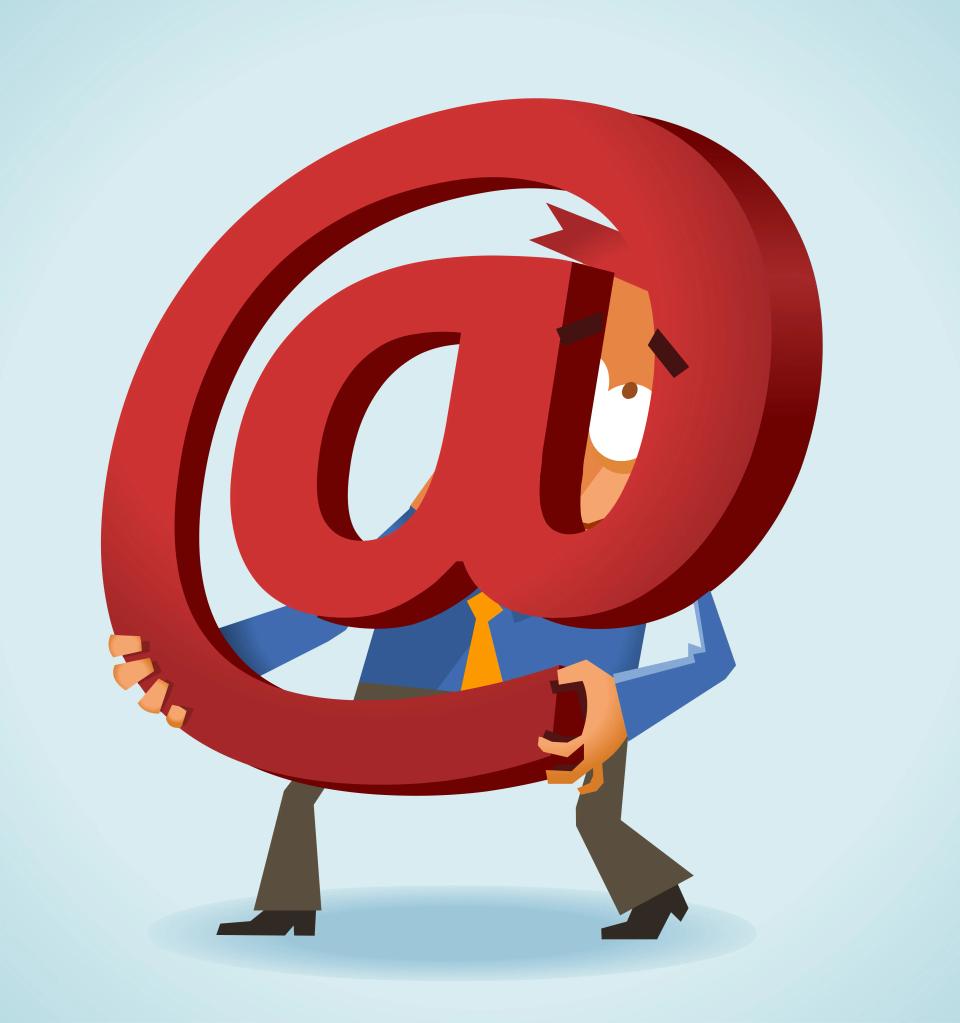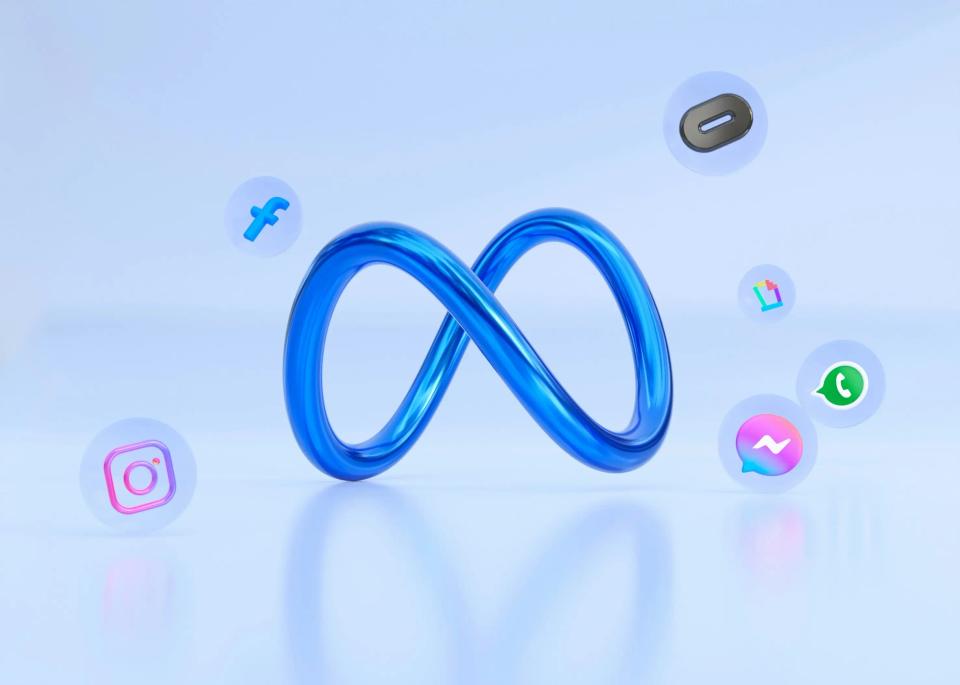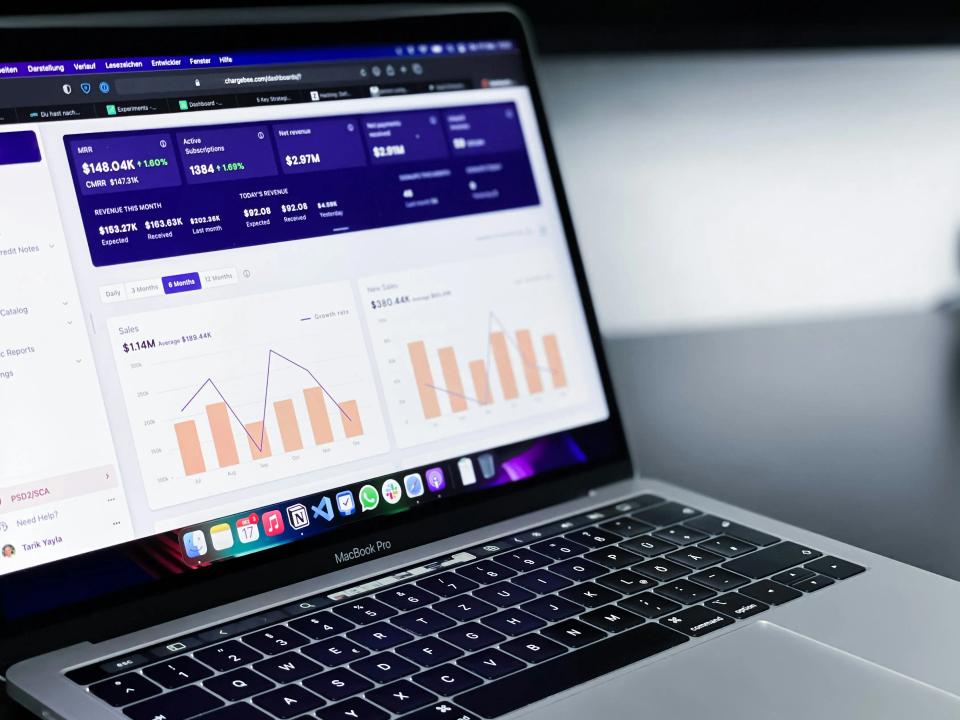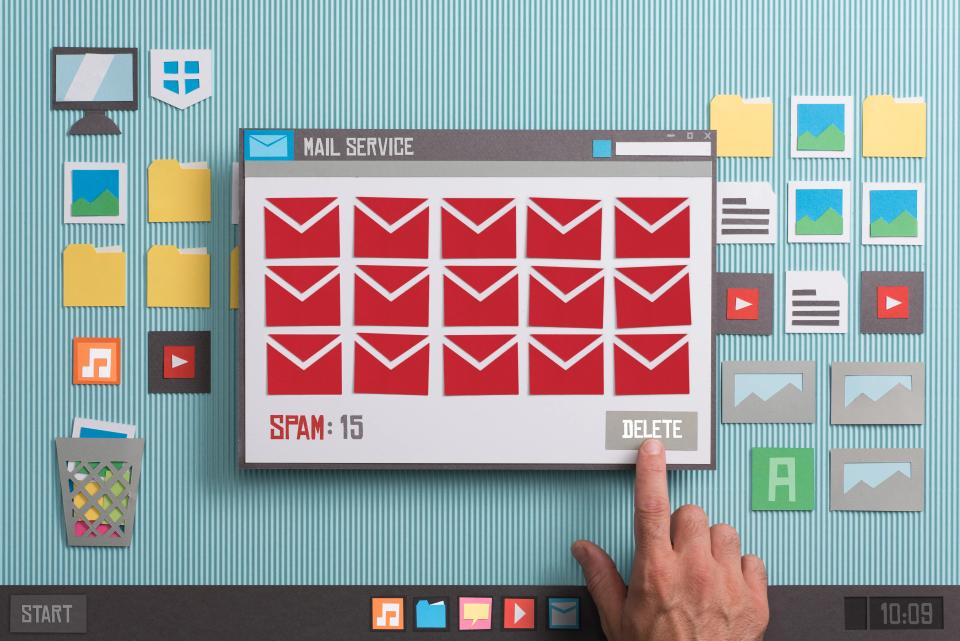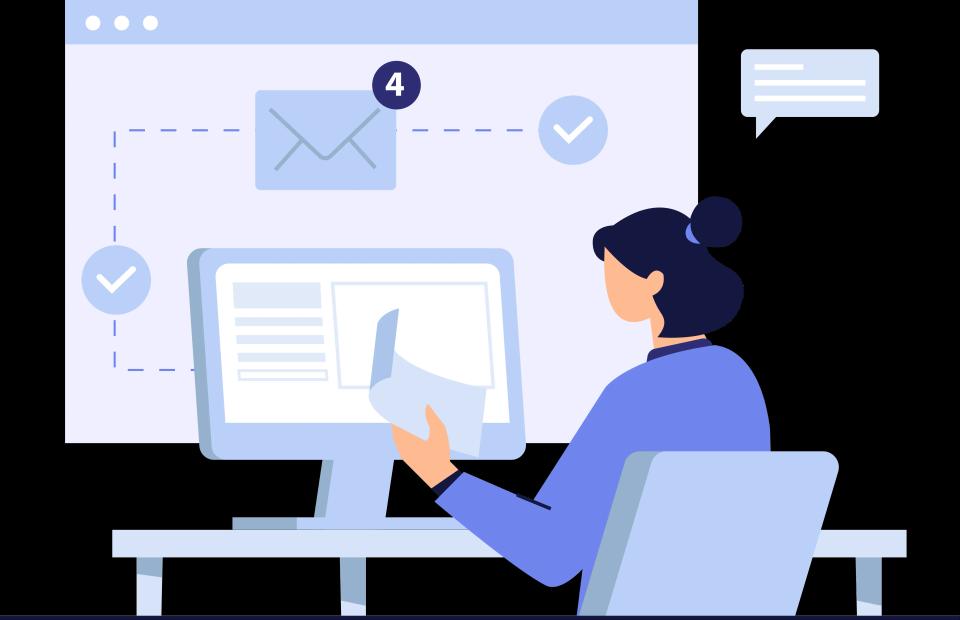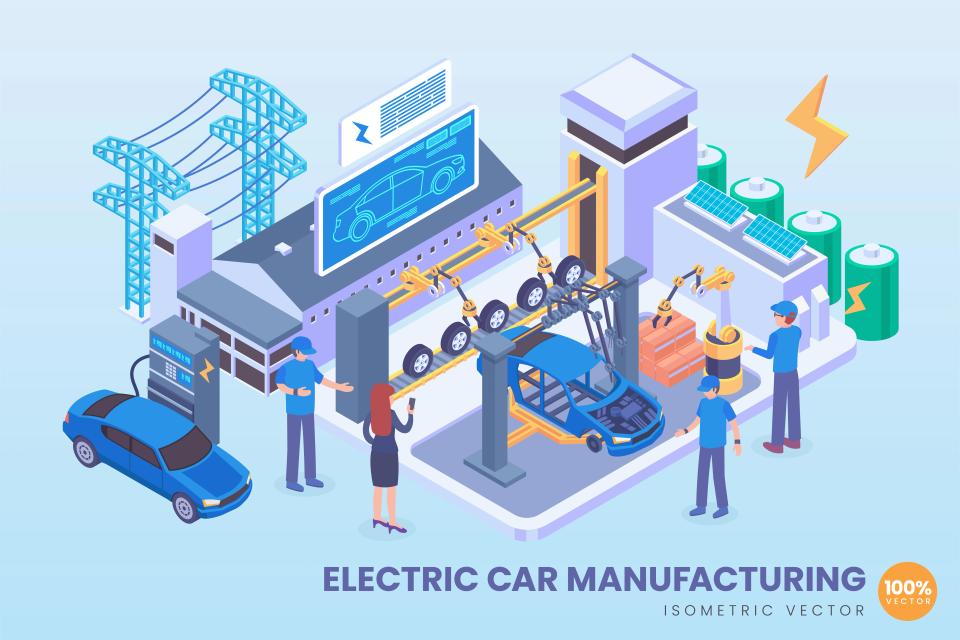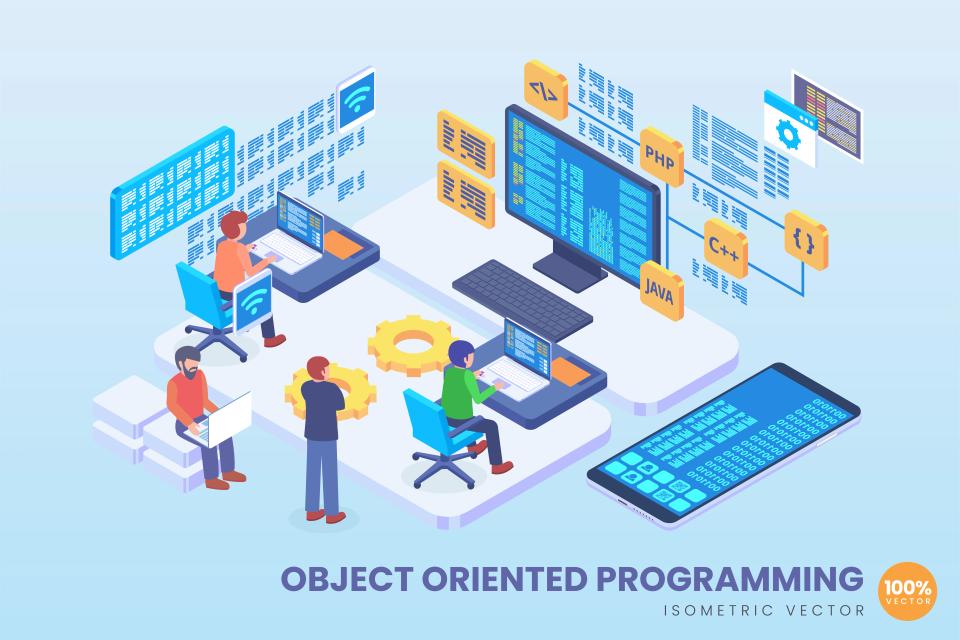Tired of your carefully crafted emails vanishing into the digital abyss? Does the thought of another ignored message make your stomach churn? You pour time, energy, and hope into reaching potential customers, only to be met with deafening silence. It’s a common frustration, a digital wall that seems impossible to scale.
Many businesses stumble in the dark, blasting out generic messages that scream "delete me!" or worse, "mark as spam!" They wonder why their efforts yield nothing but an empty inbox and a bruised ego. But what if I told you there's a way to cut through the noise, to connect with people who actually want to hear from you?
Email outreach, when wielded with precision and skill, isn't just a tool; it's a powerhouse for generating qualified leads, a cost-effective engine for growth. This isn't about spamming the masses; it's about strategic connection. This post will hand you a clear, step-by-step roadmap, transforming your email outreach from a shot in the dark to a laser-focused campaign that turns prospects into eager, qualified leads. At CaptivateClick, we've seen firsthand how strategic marketing, including potent email outreach, builds stronger brands and fuels lead generation for businesses ready to thrive.
Step 1: Laying the Groundwork – Defining Your Goals & Ideal Customer Profile (ICP)
You wouldn't set sail without a destination, would you? Trying to generate qualified leads through email without clear goals and a defined target is just like that – a journey to nowhere. You can't hit a target you can't see, and in the world of email outreach, clarity is king.
Defining Clear Campaign Goals
First, what exactly do you want to achieve? Are you aiming for demo bookings that showcase your incredible software? Perhaps you want more sign-ups for your game-changing free trial, or downloads of your insightful content? Maybe the goal is simply to secure those crucial initial discovery calls. According to HubSpot's insights on crafting brilliant marketing email campaigns, setting SMART goals – Specific, Measurable, Achievable, Relevant, and Time-bound – is fundamental. This framework transforms vague hopes into actionable objectives, giving your campaign direction and a benchmark for success.
Developing Your Ideal Customer Profile (ICP)
Once your goals are set, it's time to intimately understand who you're trying to reach. Forget basic demographics; we need to dive deep. What are their psychographics, their deepest pain points, their daily challenges, and their driving motivations? Where do they congregate online, what content do they consume, and most importantly, how does your service or product become the undeniable solution to their specific problems? As highlighted in HubSpot's comprehensive Ideal Customer Profile Guide, truly understanding your ICP involves looking at firmographics, technographics, and even using tools to enrich this data. To generate qualified leads through email, you must first know these individuals better than they know themselves.
Step 2: Building a High-Quality, Targeted Prospect List
Ever heard the saying, "garbage in, garbage out"? It's brutally true for email outreach. A brilliantly crafted email sent to the wrong person is a wasted effort, a missed opportunity for connection and conversion. The foundation of any successful email campaign is a high-quality, meticulously researched prospect list; quality trumps quantity every single time.
Methods for Prospecting
How do you find these ideal prospects? Manual research, while time-consuming, can be incredibly effective; think LinkedIn Sales Navigator, company websites, and niche industry directories. Lead generation tools, such as email finders and database providers, can accelerate this process, a domain where CaptivateClick's expertise in strategic marketing shines. Don't overlook the power of leveraging your existing network and contacts ethically. Furthermore, your own website can be a goldmine; effective lead magnets and clear contact forms, often a result of smart web design and conversion optimization services, can draw in interested parties.
Verification and Cleaning
Once you have a list, the work isn't over. Email verification is paramount. Sending emails to invalid addresses leads to high bounce rates, which can severely damage your sender reputation and deliverability. According to Campaign Monitor's analysis of 2024 cold email prospecting changes, maintaining a spam complaint rate below 0.3% is crucial, and list hygiene is a key part of that. Clean lists mean your messages actually reach the intended inboxes.
Legal & Ethical Considerations
Finally, always operate within the bounds of legality and ethics. Familiarize yourself with regulations like GDPR and CAN-SPAM. Respecting privacy isn't just a legal requirement; it's fundamental to building trust and a positive brand image. As the HubSpot Community discussion on emailing cold audiences underscores, ethical lead validation and respecting opt-out requests are non-negotiable for sustainable outreach.
Step 3: Crafting Compelling Email Copy That Converts
Your list is pristine, your goals are clear. Now, for the moment of truth: the email itself. This is where words become your most powerful weapon, your key to unlocking attention, sparking interest, and compelling action. Effective email outreach hinges on copy that resonates, persuades, and feels undeniably human.
The Anatomy of a High-Converting Outreach Email
Think of your email as a direct conversation, a personal appeal. Every element must work in harmony to draw the reader in and guide them towards your desired outcome. This isn't about lengthy essays; it's about concise, benefit-driven communication.
Catchy & Personalized Subject Lines
Your subject line is the gatekeeper. It has mere seconds to convince someone to open your message instead of hitting delete. Spark curiosity, highlight immediate value, and use personalization wisely. Instead of "Our Amazing Product," try "Idea for [Their Company Name]'s [Specific Challenge]." HubSpot's guide on mastering cold sales outreach offers templates that often emphasize this personalized, value-first approach.
Engaging Opening Line
Once they're in, make the first line count. Make it about them, not you. Reference a common connection, a recent company achievement you admired, or a pain point highly relevant to their role or industry. This shows you've done your homework and aren't just blasting generic messages.
Value Proposition in the Body
This is the heart of your email. Clearly, concisely, and compellingly articulate how you can help them solve their specific problem or achieve their goals. Focus relentlessly on benefits – what's in it for them? – rather than just listing features. Keep it brief; respect their time. Litmus’s exploration of the email personalization journey highlights how dynamic content can tailor this value proposition effectively.
Strong, Clear Call to Action (CTA)
Don't leave them guessing. What do you want them to do next? Whether it's "Reply to schedule a brief 15-min chat," "Download our free guide on X," or "Visit this page for more info on Y," make your CTA unmissable and low-commitment. One clear action is better than three confusing options.
Professional Email Signature
Finally, ensure your email signature is complete and professional. Include your name, title, company, website, and perhaps a link to your LinkedIn profile. This builds credibility and makes it easy for them to learn more about you if they wish. Remember to proofread meticulously; typos scream unprofessionalism.
Step 4: Mastering Personalization & Segmentation (Beyond [FirstName])
Why do so many outreach emails end up in the trash? Because they feel like they were written by a robot, for a robot. Generic, one-size-fits-all messages are an instant turn-off. To truly connect and generate qualified leads through email, you must make your prospects feel seen, understood, and individually valued.
Why Generic Emails Fail
Imagine receiving an email that clearly has no relevance to your role, your industry, or your current challenges. You'd ignore it, right? Personalization is the antidote to this email blindness. It’s about showing your prospect that you’ve taken the time to understand their world, transforming your message from an interruption into a potentially valuable conversation.
Levels of Personalization
Basic personalization, like using a prospect's name and company, is table stakes. To truly stand out, you need to go deeper. Advanced personalization involves referencing their specific role and its common frustrations, mentioning recent company news or achievements, alluding to content they've shared or engaged with online, highlighting mutual connections, or addressing specific challenges pertinent to their industry. HubSpot's research on mastering cold sales outreach indicates that such tailored approaches can significantly boost open rates, sometimes by over 30%.
Segmentation Strategies
Segmentation takes personalization to the next level by grouping prospects based on shared characteristics. You might segment by industry, job title, specific pain points they're likely experiencing, company size, or even the technology they use. Once segmented, you can tailor message variations that speak directly to each group's unique context and needs. The HubSpot Community's advice on emailing cold audiences often touches on behavioral segmentation, which can be incredibly powerful for tailoring follow-ups.
Tools & Techniques
Leveraging Customer Relationship Management (CRM) systems and specialized email outreach platforms can help automate parts of the personalization and segmentation process. These tools can pull in data and allow for dynamic content insertion. However, remember that technology is an enabler, not a replacement for genuine research and thoughtful messaging. The human touch in understanding why a piece of information is relevant is irreplaceable.
Step 5: The Art of the Follow-Up (Without Being Annoying)
So, you’ve sent a brilliant, personalized initial email. What now? Sit back and wait? Absolutely not! Most conversions, especially in cold outreach, don't happen after the first email. The magic often lies in the follow-up, yet this is where so many falter, either giving up too soon or becoming a digital pest.
Why Follow-Ups are Crucial
Think about your own busy inbox. Sometimes a great email gets buried, or arrives at a moment when the recipient is swamped. A polite, value-driven follow-up can bring your message back to the top at a more opportune time. According to HubSpot's cold email best practices, a significant percentage of replies come from follow-up emails, not the initial contact. Ignoring follow-ups is like leaving money on the table.
Crafting a Follow-Up Sequence
A well-thought-out follow-up sequence is key. How many follow-ups are appropriate? Generally, 3-5 emails, including the initial one, strike a good balance. The timing and cadence are also important; perhaps 2-3 days after the initial email, then another 4-5 days later. The cardinal rule of following up is this: add new value in each subsequent email. Don't just send a lazy "just following up" message. Share a relevant resource like a blog post or case study, offer a different angle on your value proposition, or ask a new, engaging question that makes it easy for them to respond. This approach is a cornerstone of any effective step-by-step email campaign guide.
Knowing When to Stop
Persistence is valuable, but so is respecting someone's inbox and their decision not to engage. If, after several thoughtful follow-ups, there's still no response, it's usually time to move on. Pay attention to signals; if someone asks you to stop emailing, honor that request immediately. The goal is to build relationships, not burn bridges.
Step 6: Sending, Tracking, and Optimizing Your Campaigns
You've defined your audience, built your list, crafted compelling copy, and planned your follow-ups. Now it's time to launch, monitor, and refine. Sending emails is just the beginning; the real learning and improvement come from tracking performance and making data-driven adjustments. This iterative process is what separates amateur efforts from professional, lead-generating machines.
Choosing the Right Email Outreach Tools
A variety of tools can support your email outreach efforts. These range from standalone outreach platforms focused purely on sending and sequencing, to more comprehensive sales engagement platforms, and CRMs that include outreach features. As Mailchimp discusses in their sales prospecting best practices, the right tool depends on your team size, budget, and the complexity of your campaigns. Consider features like automation, tracking, and integration capabilities.
Technical Setup
Before you hit "send" on a large scale, ensure your technical foundation is solid. Warming up your email domain and IP address is crucial for new accounts to build a positive sender reputation. Properly setting up SPF, DKIM, and DMARC records is non-negotiable for deliverability. Campaign Monitor's update on 2024 cold email prospecting changes emphasizes that major inbox providers like Gmail and Yahoo now require these authentications to combat spam and ensure emails land in the primary inbox, not the spam folder.
Key Metrics to Track
What gets measured gets managed. Keep a close eye on these key metrics:
- Open Rates: Indicates the effectiveness of your subject lines and sender recognition.
- Click-Through Rates (CTR): Shows how compelling your email body and call to action are.
- Reply Rates: Often the primary goal of cold outreach, signaling genuine engagement.
- Conversion Rates: The ultimate measure – how many leads were generated, demos booked, or sales made.
- Bounce Rates: Highlights issues with list quality or deliverability. HubSpot's resources on email health monitoring provide excellent diagnostics for high bounce rates.
A/B Testing
Don't assume your first attempt is perfect. Continuously A/B test different elements of your campaign: subject lines, calls to action, variations in email body copy, and even sending times. Small changes can lead to significant improvements in your results. This data-driven approach is something we champion at CaptivateClick, especially with our A/B testing services, to maximize campaign effectiveness.
Iterating and Improving
Use the data you collect from tracking and A/B testing to refine your approach for future campaigns. Email outreach is not a "set it and forget it" strategy. It's a dynamic process of learning, adapting, and continuously improving to achieve ever-better results.
Step 7: Nurturing Qualified Leads Through the Funnel
A positive reply! Your strategic email outreach has worked, and a prospect has shown interest. This is a critical juncture. The transition from a cold outreach interaction to a warmer, more engaged conversation needs to be handled skillfully to move these qualified leads further down your sales funnel.
What Happens After a Positive Reply?
The first step is prompt and personalized follow-through. Acknowledge their reply quickly and address any questions they've asked. Your goal now is to build on that initial flicker of interest and guide them towards the next logical step in your sales process. This is where the true value of generating qualified leads through email begins to materialize into tangible business opportunities.
Moving Leads to the Next Stage
Depending on your campaign goals and their response, the next stage could be scheduling a discovery call or a product demo. If they're interested but not ready for a direct sales conversation, consider adding them to a targeted nurture sequence. This sequence would provide further valuable content, such as case studies, white papers, or webinar invitations, tailored to their expressed interests or pain points. Litmus’s insights into lifecycle stage personalization can be very useful here, ensuring content remains relevant as they move through the funnel. For highly qualified leads, a smooth handoff to the sales team, complete with all relevant context from the outreach, is crucial.
Aligning Email Outreach with Your Overall Sales & Marketing Strategy
Effective email outreach doesn't exist in a vacuum. It should be an integral part of your broader sales and marketing strategy. The leads generated need to flow seamlessly into your CRM, and the insights gained from outreach can inform other marketing efforts, like content creation or ad targeting. This holistic approach, where all channels work in concert, is a philosophy CaptivateClick embodies, ensuring that lead generation efforts contribute directly to overall business growth and a stronger brand presence.
Conclusion: Your Path to More Qualified Leads Starts Now
The journey from a silent inbox to a steady stream of engaged, qualified leads might seem daunting, but it's entirely achievable. We've walked through the essential steps: laying a strong foundation with clear goals and a deep understanding of your ideal customer, meticulously building a quality prospect list, crafting compelling and personalized copy that demands attention, mastering the art of the value-added follow-up, and diligently tracking and optimizing your campaigns. This isn't just theory; it's a proven pathway.
Strategic, personalized email outreach remains one of the most powerful and cost-effective methods to connect with your ideal customers, nurture their interest, and ultimately, grow your business. The difference between an email that gets deleted and one that sparks a lucrative relationship lies in the care, strategy, and genuine value you bring to each interaction. You now have the roadmap.
Are you ready to stop shouting into the void and start having meaningful conversations that convert? It's time to implement these strategies and watch your lead quality soar. If you're eager to transform your email outreach and generate a consistent flow of qualified leads, CaptivateClick specializes in crafting targeted email campaigns that deliver real, measurable results. Contact us today for a free consultation, and let's discuss how we can help your business not just survive, but truly thrive.


